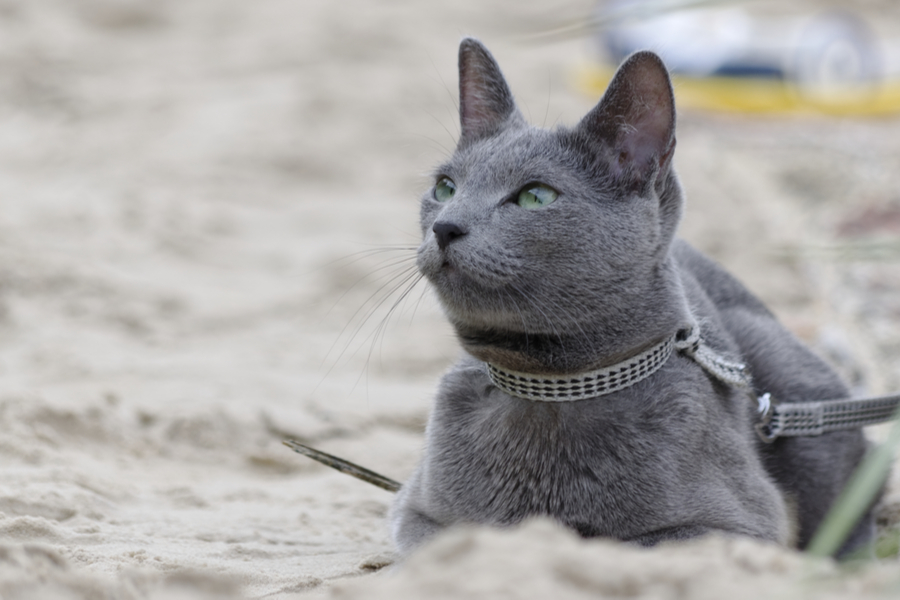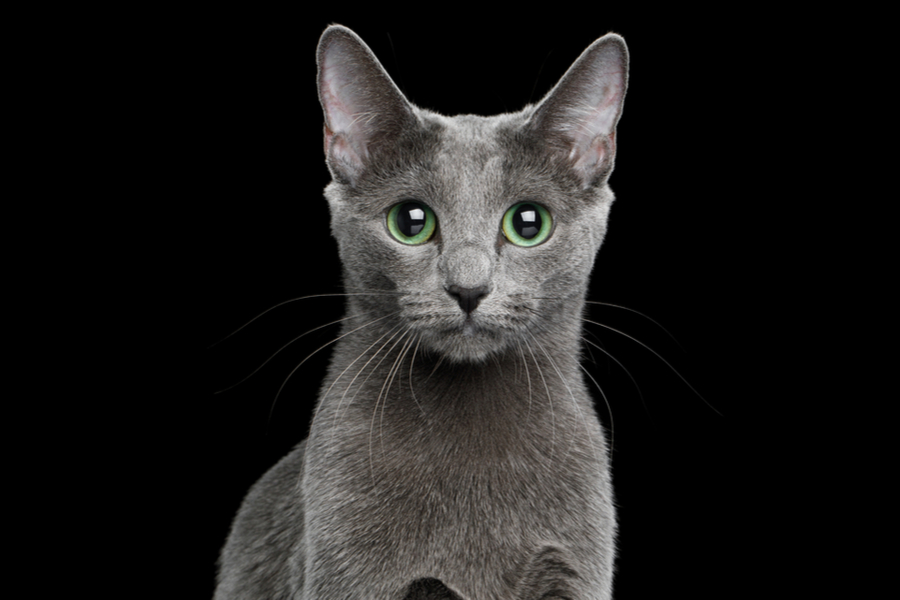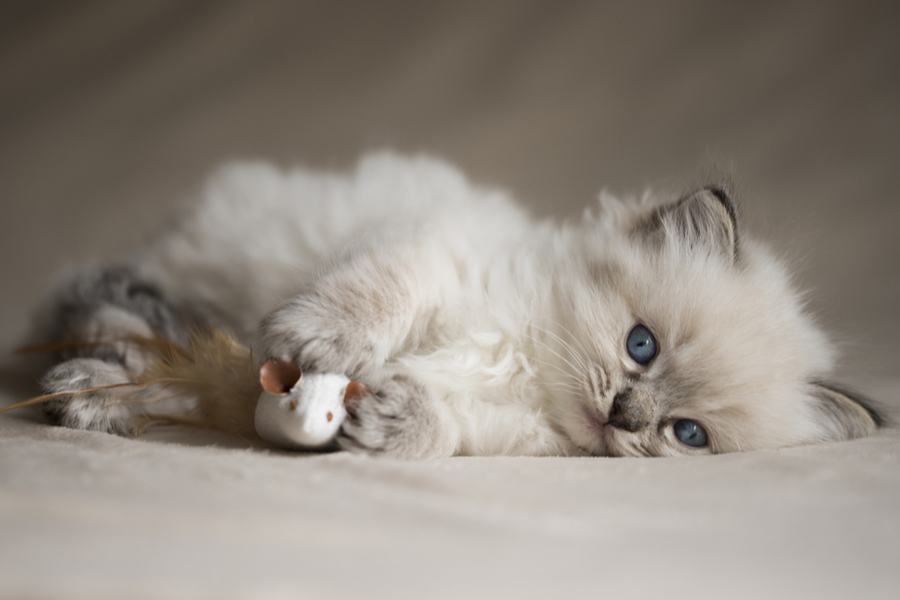Average sizes and life expectancy for this breed:
Beagles are adorable, active, and loving medium-sized dogs that have steadily been a favourite choice of family pet and dog companion for many years. This dog breed has also been favoured in the show ring by the judges and crowds.
These dogs were originally bred to hunt in packs, so they adore the company of others. There is nothing that would make a Beagle happier than to be involved in everything that goes on inside the home. Because of this, Beagles can quickly become one of the most cherished members of the family.
Beagles are known to be kind, gentle, and playful dog companions. They love life and are a real joy to be around.
Beagles are compact dogs, with robust bodies and a level topline. However, it’s in the hind legs that Beagles claim a lot of their power.
When it comes to their striking and easily distinguished coats, Beagles boast a short and extremely waterproof coat that provides a considerable amount of protection against the outside elements.
See available puppies




The exact history of the Beagle is uncertain. However, in the 5th century BC, similar-looking dogs with keen hunting instincts were around in Ancient Greece. These dogs were utilized for hunting hares by following their scent. In the 11th century, William the Conqueror brought a dog breed known as the Talbot Hound to England. It’s believed that these dogs were bred with Greyhounds to create the Southern Hound which had much more speed and agility. This breed is believed to be the ancestor of the modern-day Beagle.
During Medieval times, the word ‘Beagle’ literally meant any dog that was a hound dog. At this time, Beagles were small, standing just 20-23cm, and named ‘Pocket Beagles’. In the mid-18th Century, the popularity of hunting increased so the Pocket Beagles eventually went extinct in favour of larger dogs. At this time, two new hound breeds were developed; the Southern Hound and the North Country Beagle.
In the 1840s the Beagle breed was finally thought to have come into existence. These dogs resulted from the dedicated breeding program of Rev. Phillip Honeywood in England from 1830 onwards and they were pure white. Accurate records were not kept at this time. However, its believed that the North Country Beagles and the Southern Hounds were involved. It was Thomas Johnson who eventually began to refine the hunting skills and sleek appearance of the Beagle we know today.
The popularity of Beagles thrived over the years. The Beagle Club was formed in 1890 and the number of packs almost tripled in 10 years, from 18 to 44, in the United Kingdom. It was General Richard Rowett who brought Beagles over to America and began breeding them. They were officially recognised as a breed by the American Kennel Club in 1884.
Today, Beagles are beloved as hunting dogs and companion animals the world over.


Beagles are compact, medium-sized dogs that always have an aura of alertness about them. They have fairly large heads compared to the size of their body. While the female Beagle has a somewhat finer head than their male counterparts, they have short muzzles with a full nose, which is preferably black. Note that a lighter colour is also acceptable in Beagles with lighter-coloured coats. Their eyes are set wide and can either be hazel or dark in colour. This gives them the kind expression these dogs are well known for. Beagles have good, wide nostrils that complement their friendly appearance and appeal.
Their ears are long and droop down over the side of their heads to the level of their noses when drawn out. They are fairly rounded at the tips and very soft to the touch. Their mouths are sturdy with a perfect bite.
Their front legs are straight and well-muscled. They also have a straight topline and their moderately long tail is set high but not curled over the back. Beagles have long necks that are held slightly arched. This gives these dogs a noble expression.
The Beagles short, dense coat is highly waterproof and comes in a range of colours including:
Beagles are considered to be very sociable and have playful characters by nature. These are just two of the reasons why they make such great pets. However, Beagles should not be left alone for long periods because they naturally work in packs. So, they can suffer from separation anxiety and become destructive if they feel lonely. These dogs can have a bit of a mischievous streak so while they will entertain you with their silly antics, you will also need to provide consistent training to prevent them from becoming too naughty!
This dog breed is very gentle, loving, and sweet-natured. They are also highly energetic and clever. So, regular mental and physical stimulation is essential for Beagles to prevent boredom.
These dogs are known to bark more than most other breeds. They will alert you to any unfamiliar movement or sound with a combination of howls, barks, and bays (a cross between a bark and a howl). This trait can be lessened with training but remember that Beagles naturally want to keep up communication within the pack. So, these dogs may not be best suited to houses or apartments in cities with close neighbours.


Beagles are highly intelligent dogs. To enhance their skills and capabilities as dog companions, whether in a family of older children or toddlers, it’s best to start training early, between 3 to 6 months of age. In the beginning, shorter but consistent sessions of playtimes and walks work best with this breed. These dogs were naturally bred to be scent hounds so they can easily get distracted! They also tend to rely more on their own instincts than those of their owner, which can get them into trouble.
Remember training should be fun for both of you. So, use positive reinforcement methods that include tasty treats and other rewards. Housetraining can be difficult with these dogs because of their short attention spans. But, if you remain consistent, you will get there!
Here are a few tips for successfully training a Beagle:
Being reliable, trustworthy, and consistent are vital elements to training Beagles, to ensure they grow into well-rounded adults.
Beagles generally have mottled coats, with a mix of white, black, and light brown colors. Their grooming is low maintenance because their fur is short and waterproof. However, they do tend to shed quite a lot so twice weekly brushing is ideal for this breed. Fortunately, most Beagles love being brushed as they adore the extra contact and attention from their owners. You may also want to brush them more regularly during the shedding seasons in the Spring and Autumn months.
Beagles tend to love rolling around in the mud and getting into trouble so bathe them as often as necessary. Saying that, you should refrain from bathing them too much because this can cause dry skin and other problems. Once a month or so is good if you can. You will also want to check their bodies over for any signs of injury or infection such as cuts, abnormal lumps, hair loss, reddened areas, or discharge from the eyes.
In addition to grooming, you should trim their nails once every 5-6 weeks to prevent them from growing too long. Also, regularly check their ears for any signs of infection that can include redness, swelling, or yellow, brown, or bloody discharge.
Ideally, their teeth should be brushed daily. However, three times a week is still good enough to prevent tartar build-up and bad breath.


Beagles can suffer from some genetic and acquired health issues that you should be aware of if you plan on adding one of these adorable dogs to your family. Always ensure you purchase any puppy from a licensed breeder to ensure they have been properly socialised and cared for. Your breeder will also be able to perform genetic tests to ensure your pup does not have any underlying health concerns.
Health issues this dog breed is prone to suffer from are:
Beagles are well known to be playful and gentle with young children. So, they make good family dogs. However, it’s essential that you teach your children how to correctly handle and interact with a Beagle to prevent any incidents. It’s also recommended that an adult should always supervise any interaction between a Beagle and a toddler. Beagles are very intelligent and can be watchful over toddlers and smaller kids because they seem to just know how fragile they are.
Beagles are generally good around other small to medium dogs because of their social nature. However, you need to ensure they have been correctly socialized at an early age. Beagles also generally get along with cats however, you need to be wary as Beagles have a very strong hunting instinct. Their highly playful natures may also be pretty irritating to a docile cat!
Beagles do best in a home where someone is around for most of the day to prevent boredom and destructive behaviours from developing. While they can do ok in small city homes, they are best suited to homes with a decent-sized garden so they can burn off some of that excess energy. Beagles can be delightful, entertaining, and loving companions as long as they receive all the care, socialization, training, and exercise they need.


We can connect you with Breeders that are specialized in this particular breed.
See available puppies
Congo
Size : Medium
Coat : Short
Registration : KC, FCI, AKC
Exercise : 1 hour
Training : Time Consuming
Grooming : Once a Week

China
Size : Small
Coat : Short
Registration : KC, FCI, AKC
Exercise : 30 minutes
Training : Medium
Grooming : Once a Week

United States of America
Size : Medium
Coat : Short
Registration : KC, FCI, AKC
Exercise : 1 hour
Training : Easy
Grooming : Once a Week

France
Size : Medium
Coat : Short
Registration : KC, FCI, AKC
Exercise : 30 minutes
Training : Medium
Grooming : Once a Week


Need some advice?
Whether you're a first time pet owner, an experienced pet owner, a new or long-time breeder, or just curious about pets, we've got you covered!

January 17, 2024
What Is The Personality Of Russian Blue Cats?
Russian Blue cats are most known for their distinctive shimmery blue-silver coat and piercing green eyes. However, this breed’s calm and gentle temperament is what makes them shine the most in the feline world.

January 17, 2024
10 Facts About Russian Blue Cat Breed
Russian Blues are one of the most aesthetically stunning cat breeds, with a gorgeous plush silvery coat and vibrant green eyes. However, it’s not only their appearance that is beautiful; their nature is too.

January 17, 2024
How To Choose The Right Cat Breed for You
Cats can make the most fantastic animal companions; they are adorable, friendly, and loving. However, not all felines are created equal. There are many different breeds, of which each has its unique personality traits.
Need some help?
Contact us to speak to our friendly advisor, who will gladly help you find your dream pet!



We are registered in England and Wales under registration number 12568840,
and our registered office is at 58-60 Kensington Church Street, W8 4DB London, England.
© 2023 The Pedigree Paws